On July 18th to 22, 40 students of 2014 excellent class, supervised by Dr. Zhou Linren and Zhao Yafei, went to Hong Kong for a five-day internship.
During the internship, Students lived in the dormitory of City University of Hong Kong. On July 18th, Students visited Arup company in Hong Kong. Three senior engineers made introduction to the students for the design, construction and management processes of Hongkong-Zhuhai-Macao Bridge. In addition, they shared working insights and career planning to the students. The design concept of Arup is ‘Sharing a better world’, which is a vision of the future and encouragement to the students.
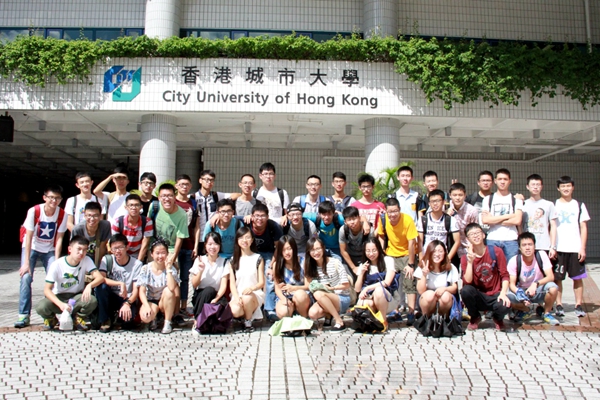
City University of Hong Kong
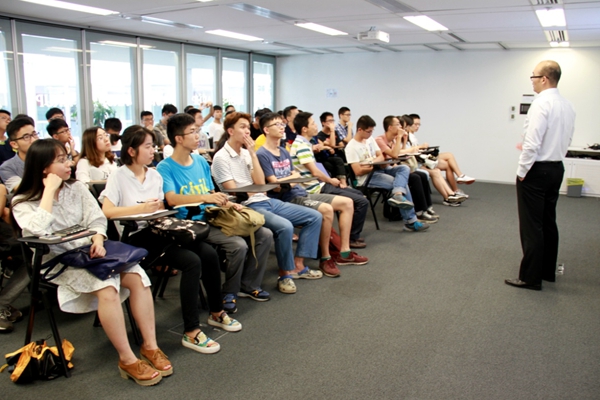
Students listened to the senior engineers
On July 19th, the students went to the project department of Hongkong-Zhuhai-Macao Bridge. The engineers introduced the details of the construction process Hongkong-Zhuhai-Macao Bridge, such as the artificial island. The design and construction of the artificial island was complex. Because there was a huge amount of silt seabed, the project team needed to construct the artificial island with stone columns sinking into the mire and steel drums filled with sand. After that, the students, accompanied by field staff, visited the construction site by boat. In the afternoon, the students visited the Hong Kong Stonecutters Island Sewage Treatment Works. SCISTW processed 176 tons/day, which is one of the largest sewage treatment plants. Details of the processes and effects were explained by the engineers. Stonecutters Island sewage treatment capacity has covered the full range of Victoria Harbor, greatly improving the water quality in Victoria Harbor.
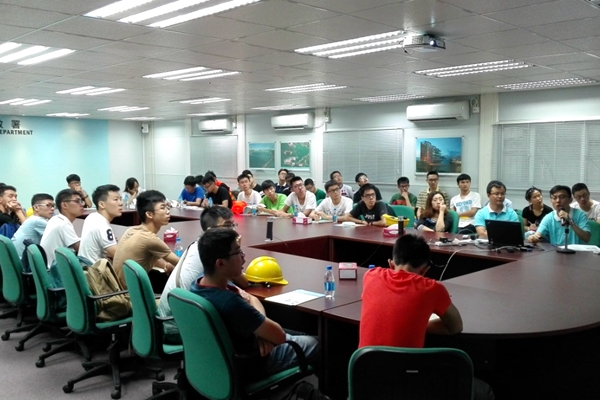
Introduction by the engineers
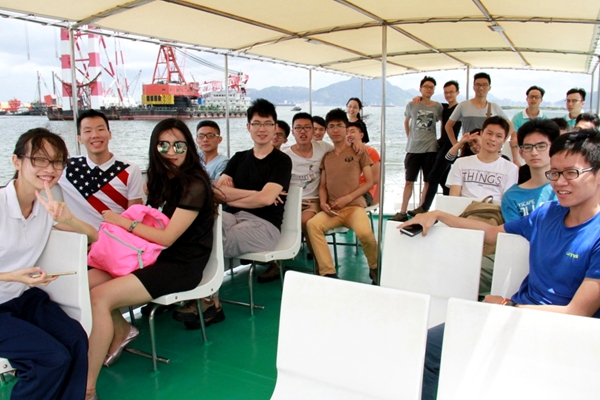
Visiting the construction by boat
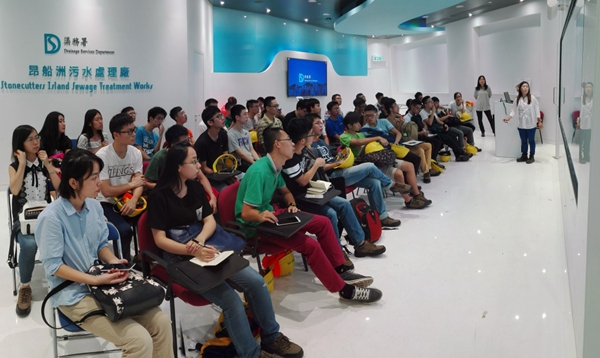
Workers introduced the sewage treatment plant
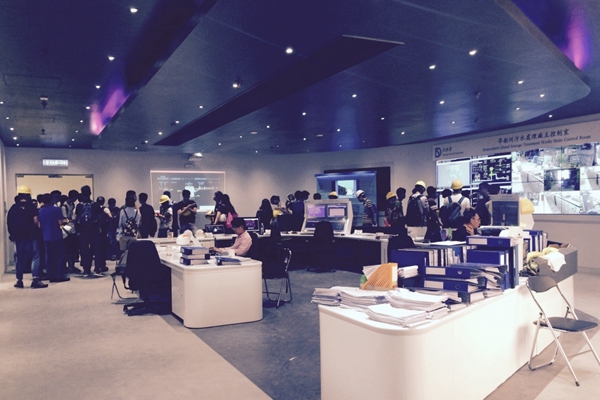
The students visited the control center of the sewage treatment plant
On July 20th, the students were divided into several groups. Some had field trips in Hong Kong for experiencing architectural culture; some visited the Hong Kong modern high-rise buildings; some did street research on local folk architecture; and others had an in-depth experience about cultural characteristics of ancient buildings in Hong Kong. On this day, the students were full of novelty and curiosity. They appreciated the diversity of architectural culture of Hong Kong as an international metropolis contains.
On the morning of July 21th, the students visited the Zero-Carbon world and structural laboratory in the Hong Kong Polytechnic University.
The Zero-Carbon World is the first zero carbon building in Hong Kong. The staff explained the principles in detail of various energy-saving settings, in the purpose that the students felt the meaning and importance of energy saving in buildings. In the afternoon, the students led by Professor Xia Yong, visited the laboratory structure. They learnt varieties of test projects. Some large-scale tests were presented. After finishing laboratory visiting, Professor Xia Yong presented an academic report to the students. At the same time, the students from SCUT exchanged ideas with students form the Hong Kong Polytechnic University.
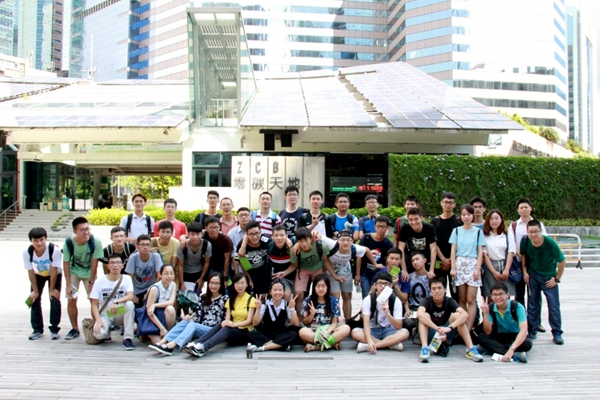
the Zero-Carbon world
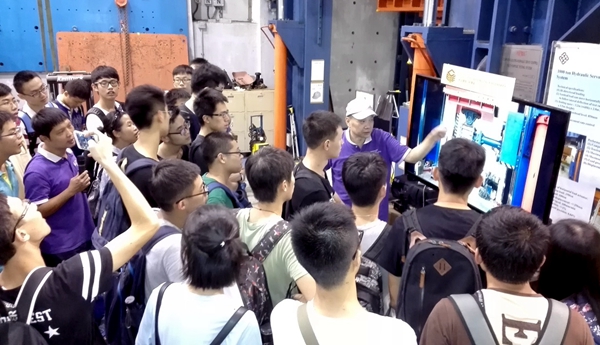
Visiting the laboratory structure in the Hong Kong Polytechnic University
In the last day of the internship, the students arrived at Gammon's "Zero Harm safety engineering training center". The safety training managers explained in detail the security problems and countermeasures in the construction process. In order to improve the safety awareness of construction workers, they also developed a virtual simulation of the construction site of the game. People in training class was able to have a personal experience, but also relaxed and happy to learn safety knowledge. Through this half-day training, the students had a deeper and more comprehensive understanding on engineering safety.
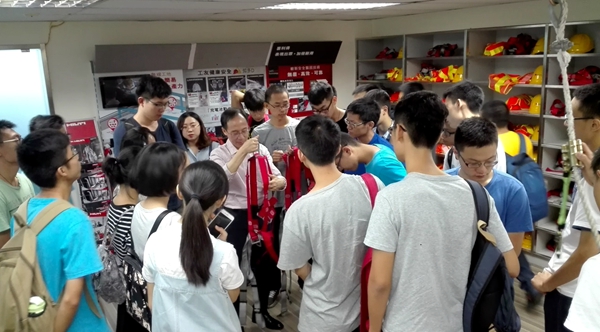
The students in the "Zero Harm safety engineering training center"
By this five-days internship in Hong Kong, the students of 2014 excellent class learnt knowledge from perceptually to rationally. The students not only developed a vision, but also was benefited from expertise, industry knowledge and career planning. (Photo/Department of Civil Engineering, Editor/Mu He-Qing, Zheng Zhenjie)
